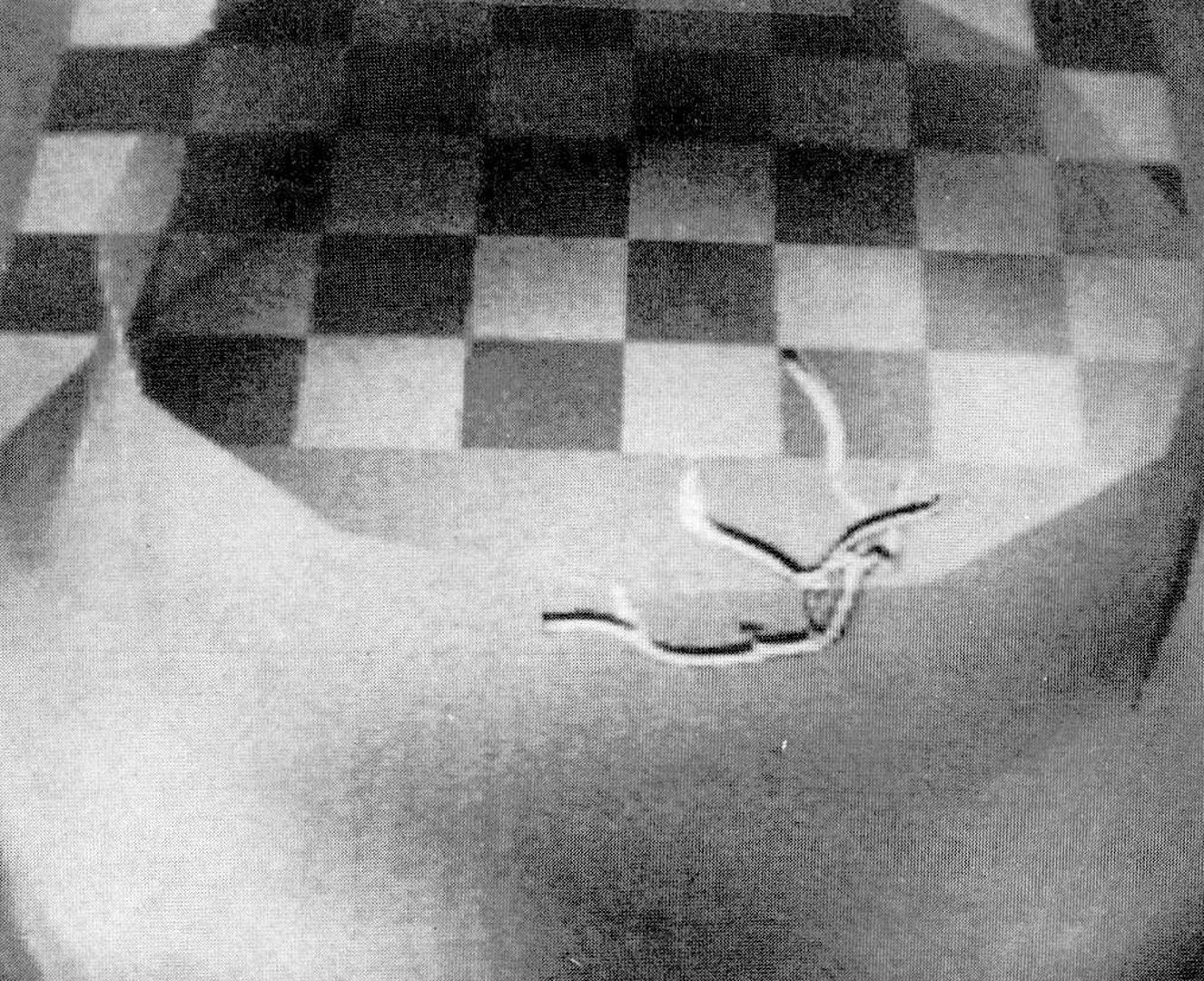“Computer rendering of lobster neurons” by Max
Conference:
Type(s):
Title:
- Computer rendering of lobster neurons
Presenter(s)/Author(s):
Abstract:
At Carnegie Mellon University, the PDP-10 and PDP-11 computers have been used to trace thin sections of stained neurons in a lobster swimmeret ganglion, and to reconstruct the global structure of the neuron from the sections. This paper will present two sorts of graphic pictures of the final reconstructed neuron; vector drawings with hidden lines, and shaded raster drawings of the neuron inside a transparent shell representing the outer surface of the ganglion. The hidden line program handles curving cylindrical tubes of varying radii, and shows only the visible contours. The raster program is a modification of Sproul’s version of the Watkins Algorithm, and applies Phong shading to both opaque and semi-transparent surfaces. The shaded output is rendered on the Carnegie-Mellon video system.
References:
1. D. R. Reddy, W. J. Davis, R. B. Ohlander, and D. J. Bihary. “Computer Analysis of Neuronal Structure” in Intracellular Staining in Neurobiology, S. B. Kater and C. Nicholson, Eds. Springer-Verlag, New York (1973), pp. 227-253.Google Scholar
2. N. L. Max, and W. H. Clifford, “Computer Animation of the Sphere Eversion Computer Graphics Vol 9, no. 1, (1975), pp. 32-39. Google ScholarDigital Library
3. B. T. Phong, Illumination for Computer Generated Images University of Utah, T Technical Report 129, UTEC-CSC-73 July (1973).Google Scholar
4. W. M. Newman and R. F. Sproull, “Principles of Interactive Computer Graphics” McGraw Hill, New York 1973. Google ScholarDigital Library
5. R. Resch, “A portfolio of shaded computer images” Proc. IEEE. Vol 62, no. 4, April 1974 plate no. XIII.Google Scholar





